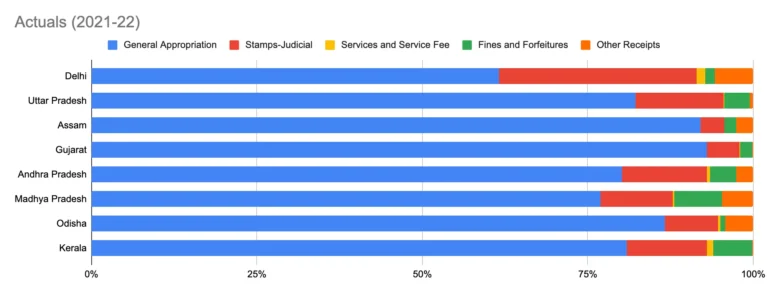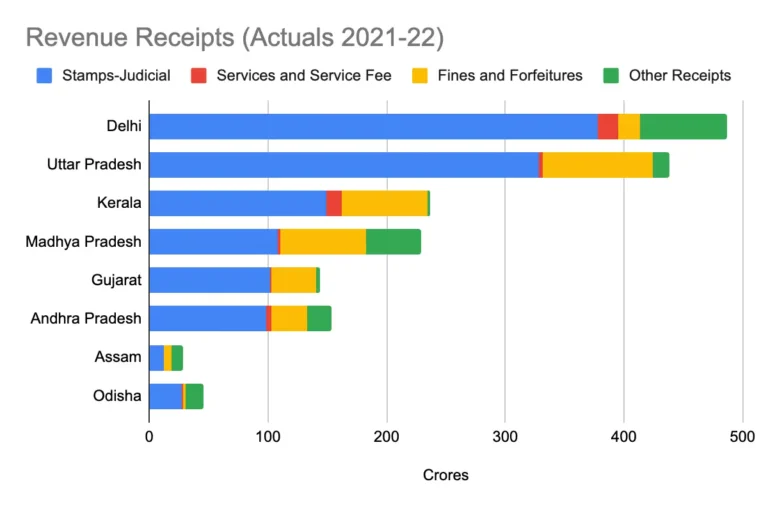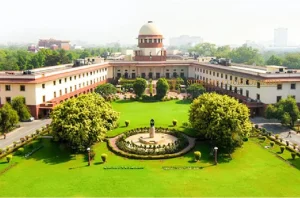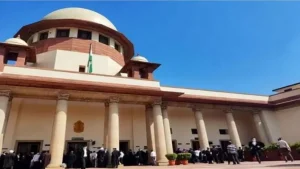
Introduction
Court fees in a lawsuit are determined based on the relief sought. For cases involving declarations and consequential relief, an ad valorem system applies, correlating it with the market value of the claim. In instances without consequential relief, a fixed fee system is also applicable for various petitions and applications filed during the lifecycle of the case, including vakalatnamas and process fee.
Historical Justifications and current practice
The imposition of court fee was justified in the Bengal Regulations, 1795 with the stated objective to curb frivolous litigation. From its inception, the stated objective has gained little acceptance. The 14th Law Commission Report (1958) stated that “Court Fees have been generally justified, on the ground of the need for increased revenue because of the increased cost of the administration of justice”.
The state practices on levying court fees also indicate that the legislatures have started increases in court fees as a measure of recompense for their expenses, resulting in significant upward revisions in recent times. The legality of such upward revision in court fees has been challenged in the High Court of Delhi, Madras, Bombay, etc. and the courts have maintained that the court fees shouldn’t be in nature of tax i.e. to make litigants contribute to the increase of general public revenue and that there must be a broad correlation with the fees collected and the cost of administration of civil justice.
Court fee as a notional recovery
The rationale for court fees as discussed in the 14th Law Commission Report suggests that a modern welfare state cannot with any justification sell the dispensation of justice at a price.






